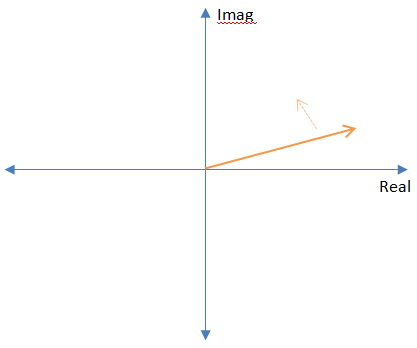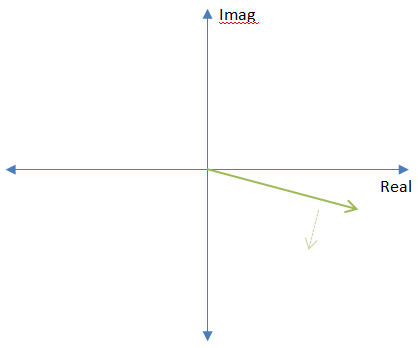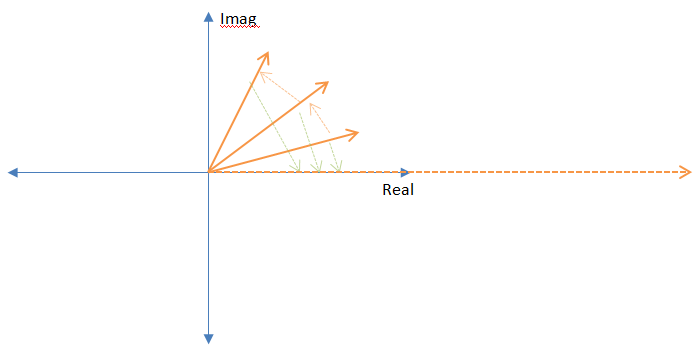Matt is correct that the sign is convention. I think that there is a reason for it beyond that though.
If we look at complex frequencies in the complex plane, they look like a constant vectors that rotate in one direction or another. Positive frequencies rotate counter-clockwise, negative frequencies rotate clockwise, and "0 Hz" frequencies don't rotate at all.

The Fourier transform has a negative sign to intentionally rotate in the opposite direction as the frequencies that they are "looking" for.

The reason for the opposite rotation is that when the two frequency vectors are multiplied, their phases will repeatedly cancel out, so when the results are summed together there will be a massive vector due to all of the individual vectors lining up.

This is how the Fourier transform "looks" for frequencies. If the two frequencies are the same or "close" (how close they need to be depends on the length of the DFT) they will line up well and cause a massive response in the summation.
Hopefully this explains why the Fourier transform would want the vectors rotating in the opposite direction. To be perfectly honest I don't know the Laplace transform well enough to give solid reasoning for its negative sign. Since the two transforms are very closely related though (the Laplace transform being a generalization of the Fourier transform), I assume that it is for similar reasons.
